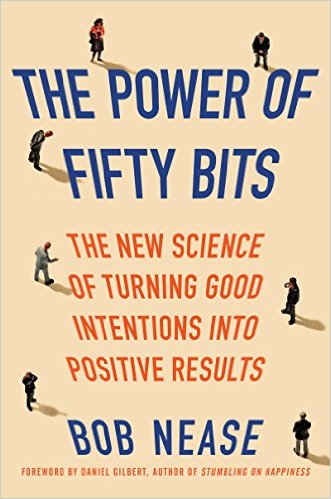 The Obama administration is throwing some serious behavioral economics at our country’s savings problems, reports The New York Times. The new initiatives are based on a healthy dose of simplicity and ease of use.
The Obama administration is throwing some serious behavioral economics at our country’s savings problems, reports The New York Times. The new initiatives are based on a healthy dose of simplicity and ease of use.
Mr. Obama outlined four new initiatives, all of which are based on new behavioral research on ways to encourage people to save in a systematic way.
As such, they’re great examples of choice architecture:
- Easier application of auto-enrollment. Small business owners currently have access to a streamlined 401(K) process – called SIMPLE IRA plans. These plans forego some flexibility to keep complexity and expense at a minimum. The new set of initiatives attempts to make it more straightforward to apply auto-enrollment for these plans.
- “Windfalls” to savings. The administration realizes that unplanned or unanticipated lumps of cash are likely to be spent rather than saved. With the new initiatives, employees can have any personal income tax refunds issued as US Savings bonds rather than cash. The new approach also makes it much easier for employees to convert unused vacation time to savings rather than cash when they change employers.
- Easier-to-read instructions. The government will produce a more accessible explanation of the rules that apply to retirement savings when people switch jobs.
These approaches focus on lowering the hurdles associated with the preferred behavior (e.g., make it easier for small business owners to use auto-enrollment, understanding the rules) and capturing opportunities at key events (e.g., tax refunds and unused vacation time when switching jobs).
(Note: this entry originally appeared at consumerology.com)

